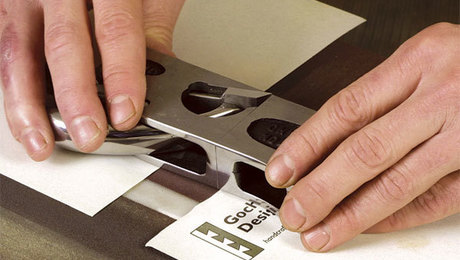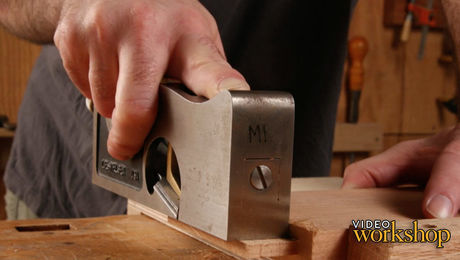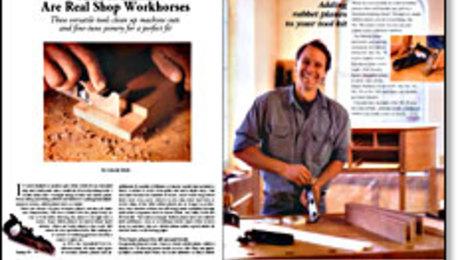How to Fit Tenons with a Rabbet Plane
While Mike Pekovich prefers a large shoulder plane to tune his joinery, he shows how the process can easily be done with a much more affordable vintage rabbet plane like the Stanley #78.
Most of my mortise-and-tenon work is handled with machines. I like to make my mortises on the hollow-chisel mortiser and tackle my tenons at the tablesaw with a dado stack. I always aim for a fit that is just a little bit too snug that I can just barely get into the joint because there can be a variation in the width of the stock from piece to piece–leading to slight variations in the size of the tenon off the tablesaw. It’s a delicate balance, though. If the tenon won’t fit into the mortise at all, I’ll have too much work to do with hand tools and I really risk getting my joinery out of square during fitting.
My favorite tool for trimming tenons while keeping them super square is a large shoulder plane. It does the job really well since there is so much mass to it and it has a nice, wide blade. However they can be expensive, and if you’re just getting into the craft, spending $250 on a big shoulder plane might not be in your budget. There’s a really good solution for a lot less money–a vintage rabbet plane like the Stanley #78.
With its full-width blade, a vintage rabbet plane is basically the same thing as a shoulder plane and they are pretty easy to find for around $30 to $40. They were never used very often, so they tend to be in really good shape and they don’t take a lot of effort to tune up.
In use, the main difference between a shoulder plane and a rabbet plane is workholding. A shoulder plane allows you to grip the tool right above the blade and use a bench hook to hold the stock. The rabbet plane is a two-handed tool and requires you to clamp the workpiece in a vise. Get that blade sharp and you’ll be fitting tenons easily.
 |
|
 |
|
 |








Comments
Thank you Mike for helping beginners! I Also have the 78 and find it doesn't get the love it deserves out in the publishing and online world. Great demonstration of tenon tune-ups.
Now there are also ads on videos? Really?
Very informative!
Would you also taper our bevel the end of the tenon edges slightly atleast to make it easier to insert as well as remove that from being the culprit? Also is that bench considered too low for you?
I’m new to plane use. Can you use a block plane to do this? It’s rough deciding which plane to buy first.
Log in or create an account to post a comment.
Sign up Log in